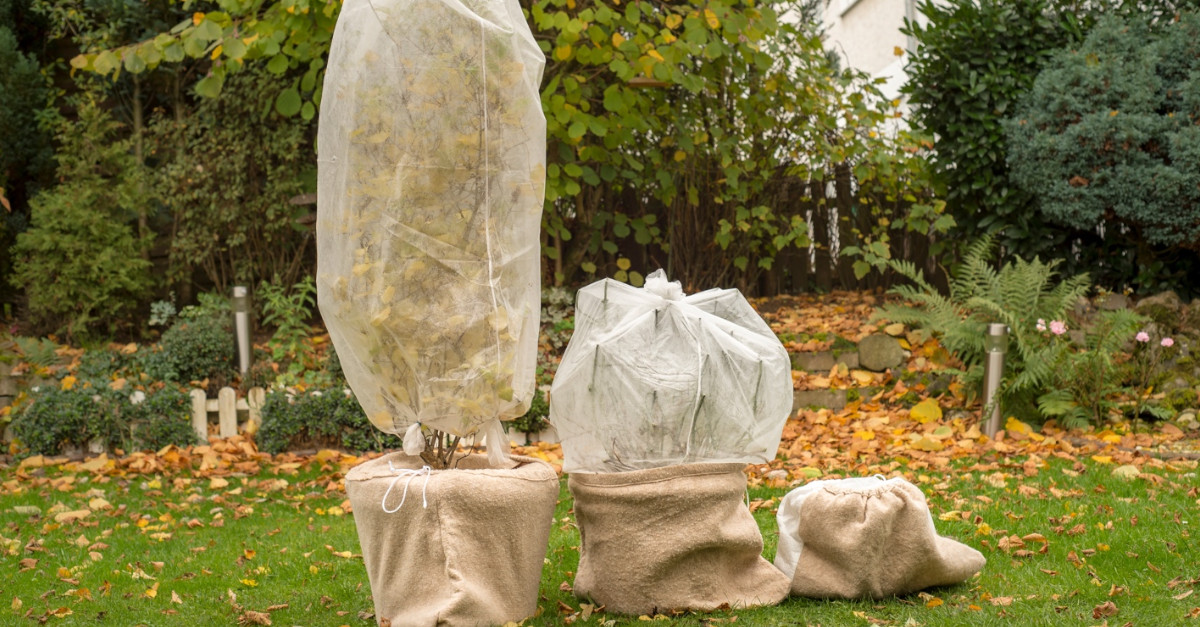Christmas Tree Trends: Real or Fake?
Today, we’re here to talk about The Great Holiday Tree Debate. If you haven’t lived under a rock the last 20 years, you’ve likely heard the green enthusiasts offer their arguments in favor of real trees over fake trees and vice versa.
While no one answer is the “right” answer, it’s important you have all the facts before making your choice. Here are the pros and cons of real vs. fake.
Real Trees: Beautiful and Not Eco-Deadly
You’ve likely heard people make claims that real trees are environmentally unfriendly and a no-go for greenies. That, however, is untrue. As The New York Times points out, trees are like any other crop. You can get them grown sustainably and organically, and they provide valuable air-cleaning services while they grow. If you love the real tree look and smell, don’t fret.
Make sure when disposing of your tree that you follow your city’s regulations. If your city doesn’t pick up trees or you live in an unincorporated area, you’ll have to find another method. Consider sinking your tree in a pond to provide nutrients and protection to fish, or putting the tree in a chipper to become mulch for the garden.
Fake Trees: The Gift That Keeps on Giving
For obvious reasons, the materials that make up fake trees are not nearly as environmentally friendly. However, your purchase can last much longer, reducing the inputs used on real trees. The NYT reports that it takes 5 years for your fake tree’s environmental impact to dip below a real tree’s, so make sure it’s a long-term investment.
Before you go assuming that fake trees only come in the weird, shiny, white variety à la the 60s, think again. There are many great options today that look just like the real thing, and some have lights pre-wired into them to save you the hassle.
Live Trees: A Great Short-Term Option
Live trees are another option that many people don’t consider, mostly people they won’t stay healthy indoors for long. Evergreens go dormant during the winter, but bringing them inside can “wake them up,” overheat them and damage their metabolisms. Then when you put them back outdoors, they don’t have the protection needed to survive the winter.
If you’re going the live route, keep your tree indoors for a few days only, then plant it outside immediately after. You can even harvest a live tree from your own property, assuming you take good care of your landscape specimens. That’s where Premier Tree Solutions comes in, so contact us today to help you keep those trees healthy all year long!









